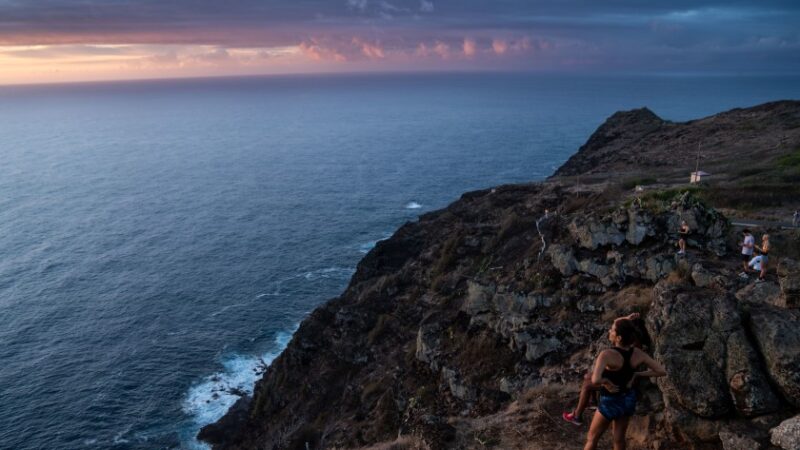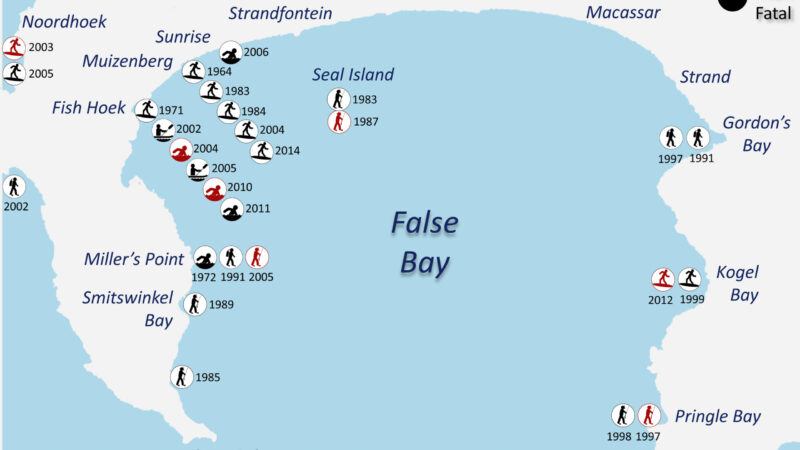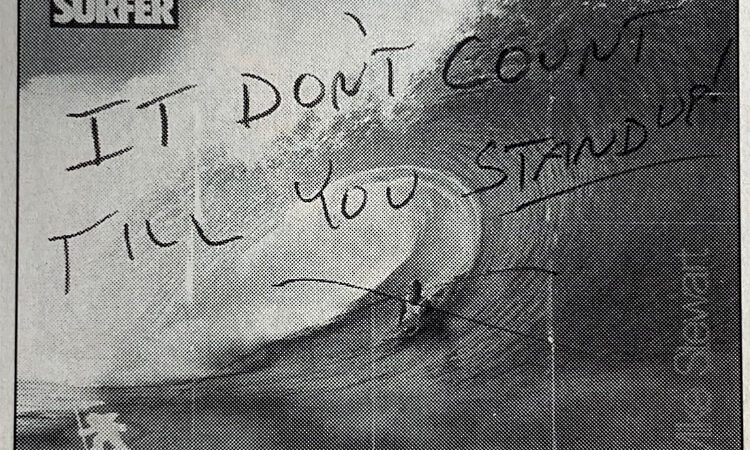I’ve been surfing since the early 1990s. When I first stood up on my Mike Davis surfboard, bodyboarding was still in its infancy.
Back in those days, the concept of going “online” to find more about a sport or a product simply didn’t exist.
So, when I saw the first small, rectangular polystyrene boards gliding across the small whitewater waves, I just couldn’t imagine it would become a proper sport.
And I only knew surfing “existed” because I saw it in a magazine.
Bodyboarding hit Europe – where I live – much later than surfing. Surf shops were a rare luxury, and bodyboards were still not relevant to the business.
The act of actually riding a wave in prone position was considered a fun activity that you could do, for example, with floating mats, on a warm summer day.
Morey Boogie was already thriving in America but hadn’t still conquered the world. Interestingly, one of the company’s first big hits in Europe was the Mach 7-SS.
The Mach 7-SS was launched in 1992 and quickly invaded the Old Continent’s lineups, especially France, Portugal, Spain, and the United Kingdom.
But, by that time, I had already fallen in love with surfing.

Standing Up… On a Bodyboard
Some of my closest friends were bodyboarders. And they became good riders. So, I quickly learned to respect the sport, and always considered spongers part of the surfing fraternity.
But every time I tried to ride the boogie board, I found it difficult to catch and trim waves.
Why? I believe I have never felt comfortable paddling a wide and highly floatable board. It seems like whenever we start paddling for a wave, our chest sinks on the deck of the board, making it hard to take off.
All I could do was ride a whitewater wave toward the shore… standing up on the bodyboard. My boogie friends were impressed. I just thought it was the natural thing to do.
But riding a broken wave toward the beach isn’t bodyboarding. It’s much more than that. Sometimes, when conditions get gnarly, boogers are the only ones out-the-back.
So, recently, I once again swapped boards with one of my best friends. But, this time, I’ve also put on a pair of fins because I thought they would help me propel into the waves.
The conditions were perfect – three-foot winter rollers with enough power to help me get into bodyboarding, and become an all-around waterman.
However, reality would teach me another lesson – the basics of bodyboarding are really hard to master.

Flippers and Bottom-Turns
In fact, the pair of flippers made it even harder for me to get into the waves. I just couldn’t sync body movements correctly, and waves were constantly passing me by.
I struggled to get my feet underwater in order to kick my legs, and I figured out I was always in “surfing mode.”
After failing to catch an open face wave, I decided to try it out on small broken waves. I was able to be caught by the whitewater, but I then I just couldn’t perform a bottom-turn.
How do you turn a bodyboard? It’s impossible – whenever I try to sink the rail, the bodyboard rotates and glides sideways toward the beach.
Confused and frustrated, I decided to paddle in and put an end to another discouraging bodyboarding experience. But, wait. How do I get out of the water with fins on?
Moral of the story: bodyboarding is a complex water sport that involves a lot of body coordination and positioning on the board. And if you come from a surfing background, you’ll need hours of practice to succeed.
As a confident and intermediate/advanced surfer, I genuinely believe that bodyboarding is way more difficult to learn than surfing.
Just give it a go, and you’ll see what I mean. Bodyboarders of the world – kudos to all of you!
Words by Luis MP





Recent Comments